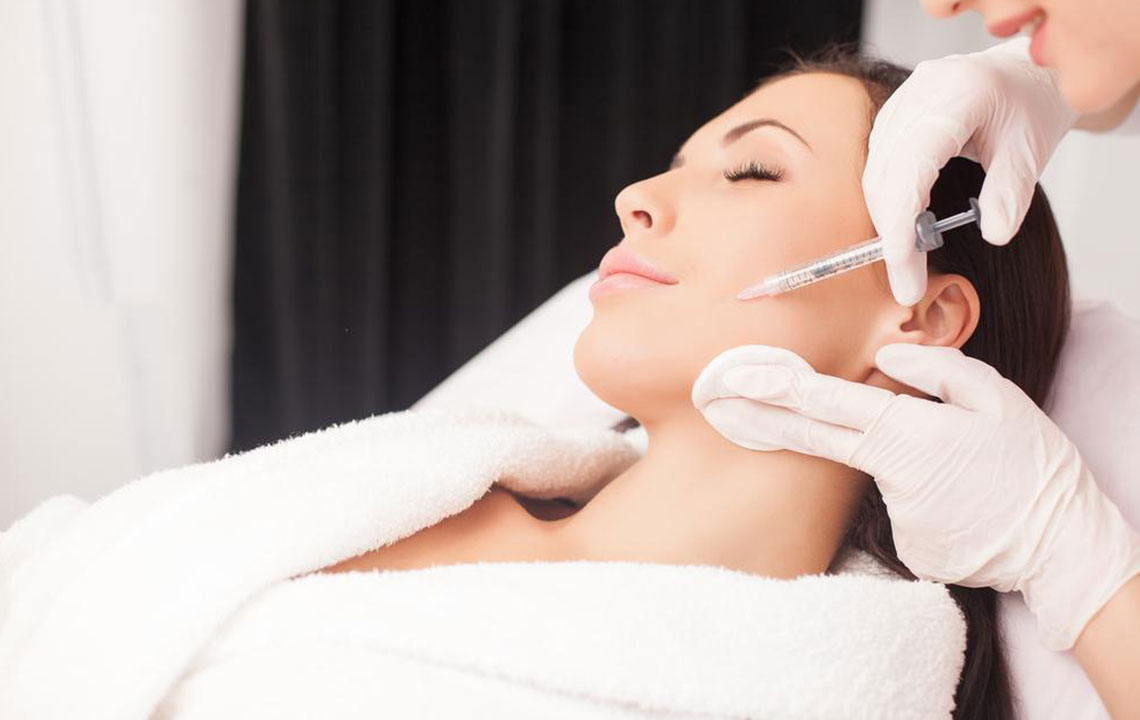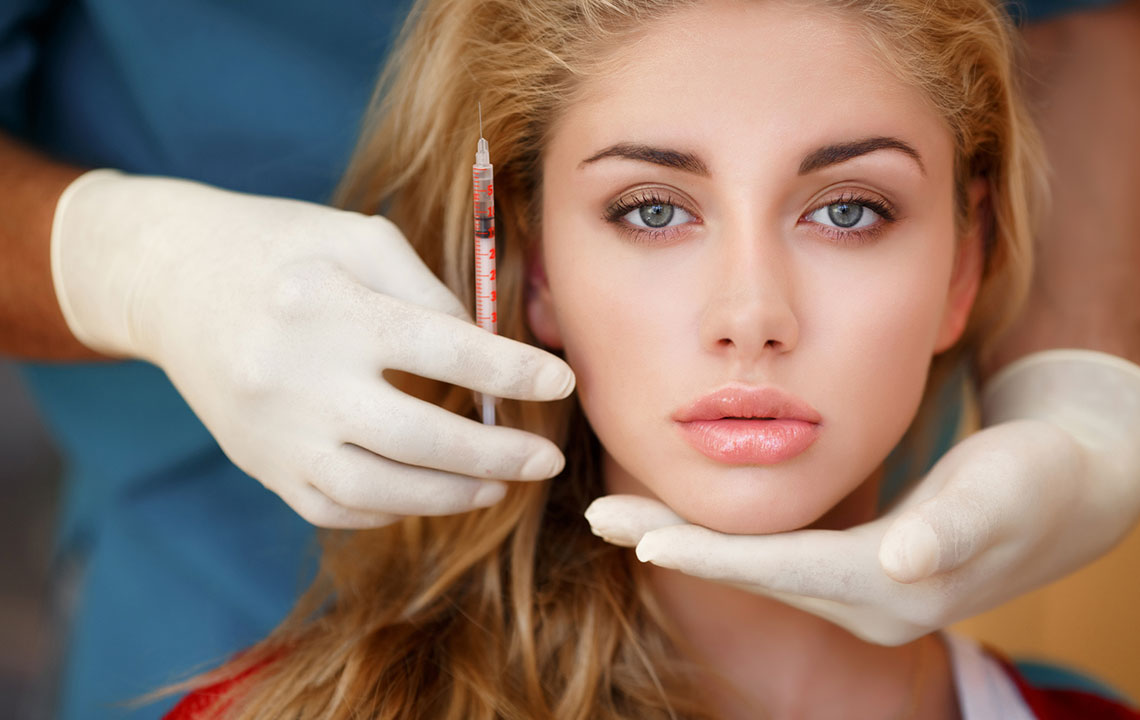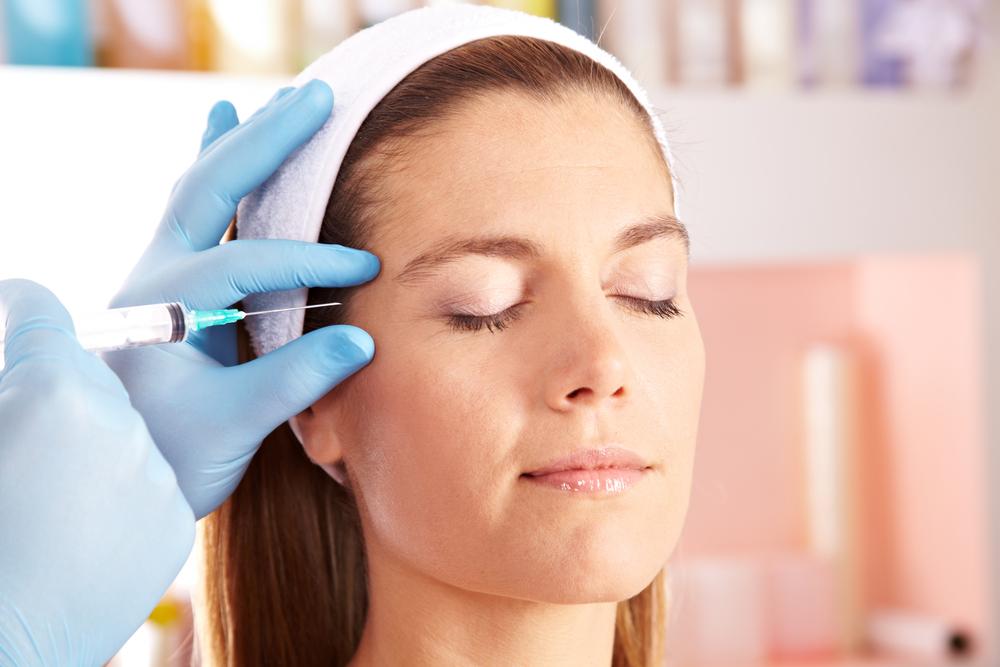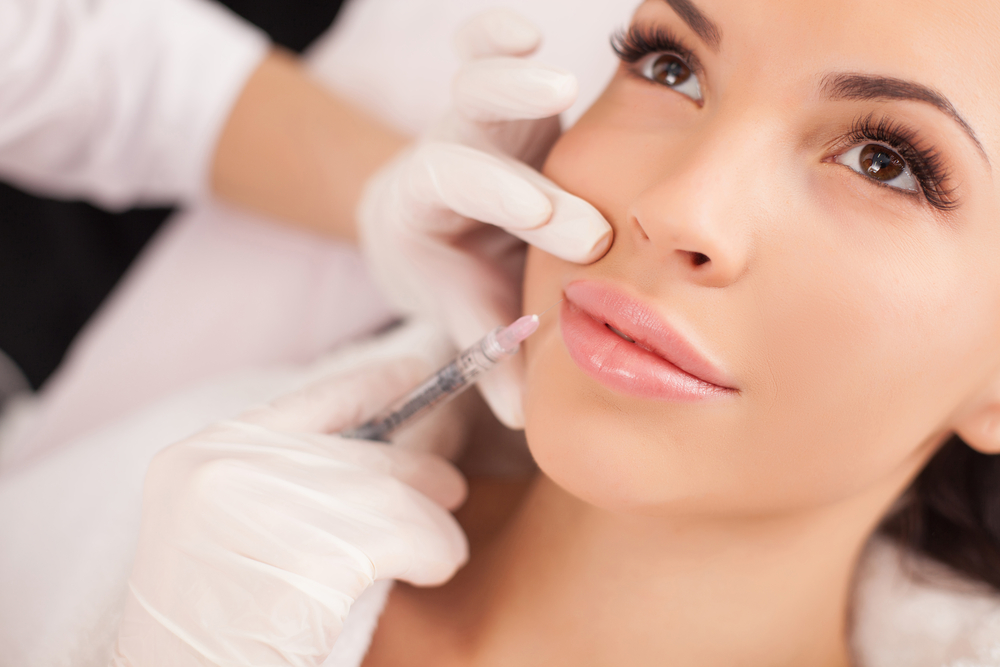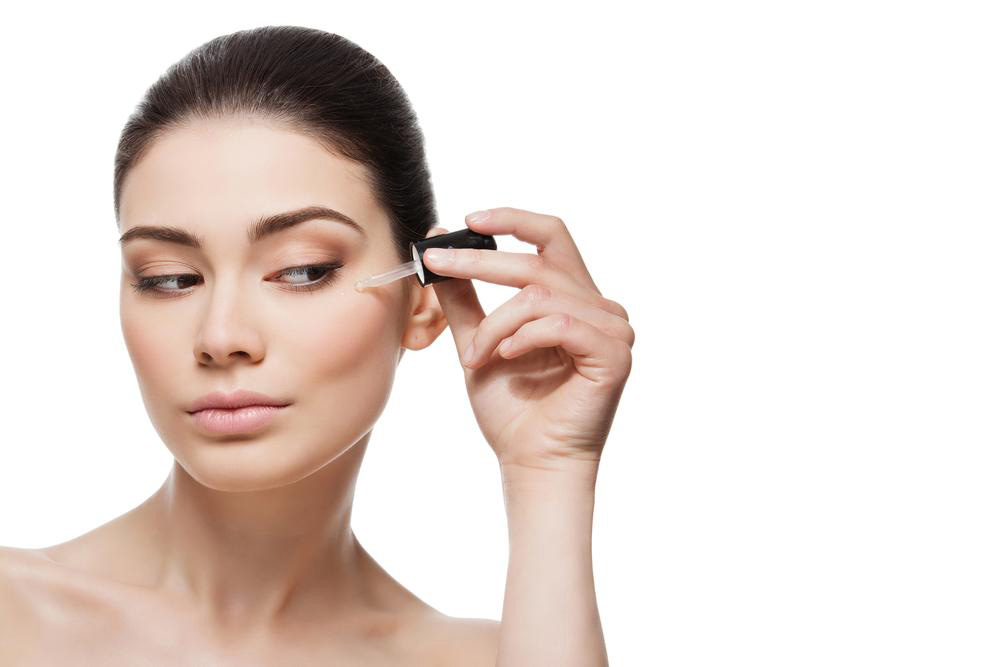Essential Insights About Botox Treatments
Discover essential information about Botox, including its uses, how it works, associated costs, and potential side effects. Learn how this popular treatment provides both cosmetic and medical benefits through safe, targeted injections that improve both appearance and health conditions. Understand the different applications, procedure details, and safety considerations for effective and informed Botox treatments.
Essential Insights About Botox Treatments
Key Facts You Should Know About Botox
Botulinum toxin, commonly known as Botox, is a neurotoxic protein produced by Clostridium botulinum bacteria. It is widely used in medicine to address various muscular issues. These bacteria naturally inhabit the intestines of mammals and are also found in shellfish and crabs. The toxin affects the nervous system by disrupting nerve signal transmission. Additionally, Botox is popular for cosmetic uses, such as smoothing wrinkles by temporarily relaxing facial muscles. While potent, Botox has diverse applications when administered properly.
Below are important facts about Botox that everyone should understand:

Over 5 million non-surgical Botox procedures are performed annually nationwide.
Beyond beauty, Botox treats excessive sweating, migraines, muscle spasms, and certain bowel and bladder issues.
An overdose of Botox, known as Botulism, can cause respiratory failure and can be life-threatening.
The typical cost of a Botox session ranges from $350 to $500, depending on the procedure and provider.
How Botox Works
Injecting tiny amounts of botulinum toxin prevents nerve signals from reaching muscles, leading to paralysis. Normally, nerve cells release a chemical called acetylcholine, triggering muscle contraction. Botox blocks this release at nerve-muscle junctions, easing muscle stiffness and reducing wrinkles.
Through injection, Botox impedes chemical communication, preventing abnormal muscle movements. This results in smoother, less tense skin.
Common Uses of Botox
Botox is approved for various medical treatments including:
Relieving eyelid spasms (blepharospasm).
Treating severe neck and shoulder muscle contractions, known as cervical dystonia.
Managing chronic migraines.
Addressing overactive bladder issues, such as urinary incontinence.
Administration Process
Botulinum toxin is diluted with saline and injected directly into targeted neuromuscular areas. Effects typically appear within 24-72 hours, with some cases taking up to five days for noticeable results.
Possible Side Effects
Botox should not be used during pregnancy or breastfeeding due to potential risks. Common side effects include dry mouth, fatigue, neck weakness, and blurred vision. Some may experience swelling or mild pain at injection sites, skin redness, nausea, temporary muscle weakness, difficulty swallowing (dysphagia), or nerve issues around the neck and chest area (brachial plexopathy).
Note:
The information shared on our platform aims to inform readers across various topics using research and data analysis. However, it should not be considered absolute medical advice. We disclaim responsibility for inaccuracies or discrepancies, and readers should consult healthcare professionals for personalized guidance. The site may also not include all available treatments and offers.

